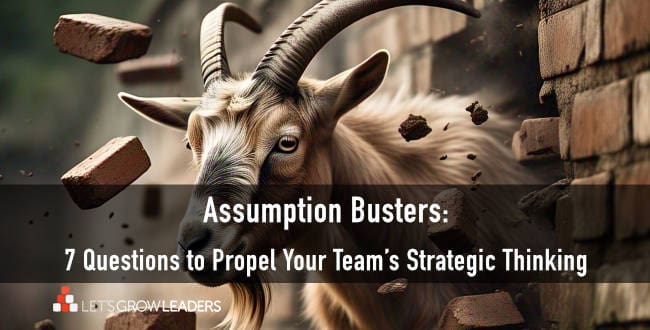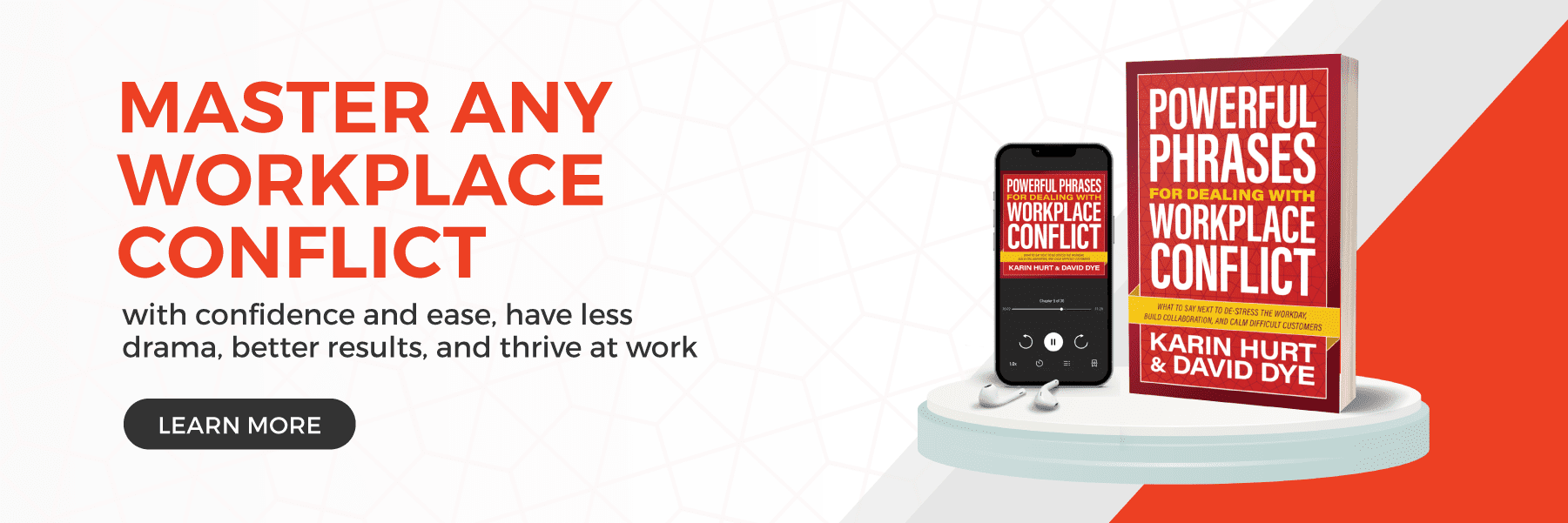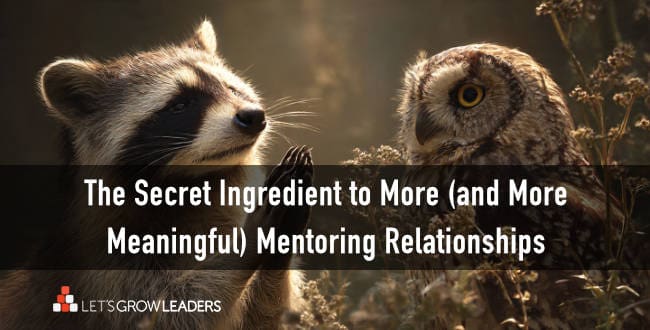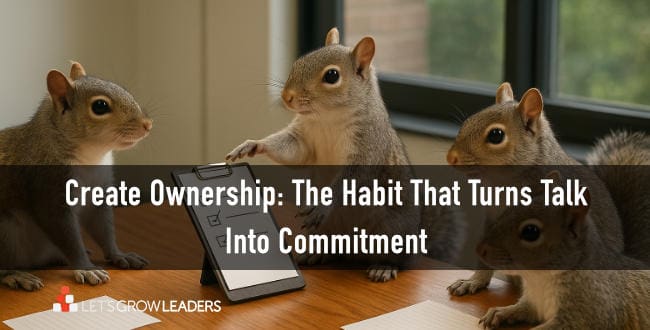How to help your team challenge assumptions for better creativity and problem-solving
In our Courageous Cultures research, 67% said their manager operates around the notion of “this is the way we’ve always done it.” That’s not just a lack of imagination. It’s hard to solve a problem differently when you’re holding on to outdated assumptions. If you want your team to get better at strategic thinking, start by helping them challenge assumptions.
Here are seven of our favorite questions to help your team reframe problems and consider alternative perspectives
7 Questions For More Strategic Thinking
1. How would our competitors approach this problem?
This assumption-buster nudges your team to consider overlooked opportunities. Understanding a competitor’s angle can be incredibly insightful, sparking creativity and perhaps, a bit of that winning spirit.
This is one of our favorite questions to ignite strategic thinking because it’s not only an “I wonder” question. Because guess what? Your competitors probably ARE faced with a similar problem. And these days, it’s not that hard to poke around and see what they’re doing.
This question also promotes strategic thinking, as you consider why your competitors might approach problems differently.
In Courageous Cultures terminology, this is a great question to ask as part of the Y- in Own the U.G.L.Y. Where are we missing the Yes?
2. How would we handle this issue if our budget was cut in half?
This provocative question is a call for efficiency and prioritization. This question encourages your team to think lean and imagine scrappy, cost-effective solutions. Sometimes, a little budgetary pressure can hatch the most brilliant ideas.
3. If we had unlimited resources, how would we solve this problem?
This strategic thinking question is the flip side of the one above. When constraints are lifted, the sky’s the limit for creativity. It allows the team to think without barriers and then work backward, scaling grand visions to match our resource constraints.
4. What would happen if we did the opposite of our initial plan?
This question invites the team to view the problem from an entirely different angle, potentially revealing unexpected solutions. It’s about challenging the norm and the beauty of 180-degree thinking.
Encourage your team to think past the sunk costs and consider a do-over. This kind of strategic thinking is remarkably liberating. A related question is “What if we DIDN’T do it this way?”
5. What would future generations criticize about our current approach?
This assumption buster instills a sense of legacy and responsibility. It encourages your team to think beyond the immediate and into the long-term impact of their decisions. It’s about making decisions that our successors will thank us for.
This is a great way to expand your team’s thinking to more sustainable, inclusive solutions.
6. If we could only choose one aspect of our project to succeed, what should it be and why?
This is a great way to get your team thinking about the MITs (most important things). Identifying the core element that defines the success of the entire project can help the team focus on what truly matters. It’s like finding the keystone in an arch; without it, everything else crumbles.
A related question, “Which elements of this project should we say “no” to? Note: We have an entire chapter in our upcoming book, Powerful Phrases for Dealing With Workplace Conflict about how to say no, for a more strategic yes.
7. What would we do differently if we were to start over with the knowledge we have now?
This is a look down the mountain question. Help your team reflect on the journey. This strategic thinking question is a recognition that wisdom today results from yesterday’s lessons.
When you’re working hard and moving fast, it’s not always easy to take a step back and challenge assumptions. When you’re feeling stuck in a rut, or results are suffering, invite your team to show up more curious and with these strategic questions.
What would you add for #8? What’s your favorite question to foster strategic thinking?
See Also: Year in Review: 7 Questions to Help Your Team Reflect on Success and Key Learnings








0 Comments